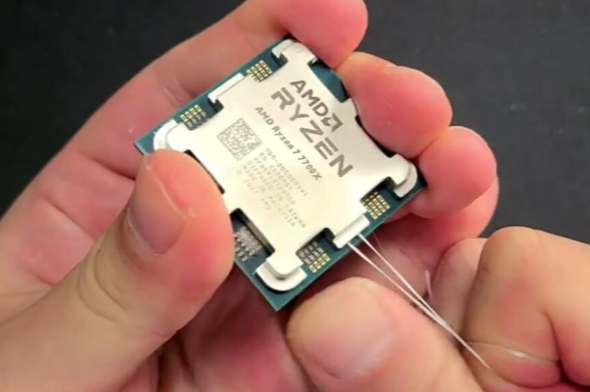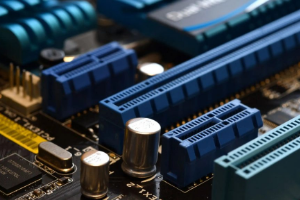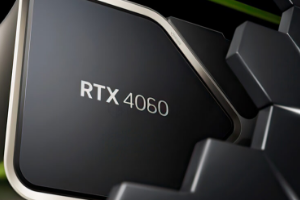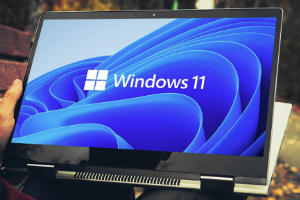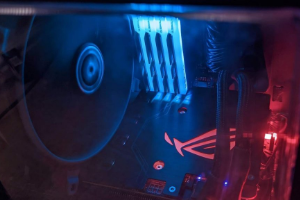Connection to DriversCloudCreate a DriversCloud.com accountReset your DriversCloud.com passwordAccount migration
The new trendy accessory for overclockers? Dental floss and an iron
It may come as a surprise, but an accessory as trivial as dental floss can be of immense service to Ryzen 7000 owners. Explanations.
For a few years now, AMD or Intel processors have been covered with what is called an IHS for integrated heat spreader. The thing is in the form of a metal plate designed to protect the heart of the processor and dissipate the heat, taking into account the unevenness of the thickness of this heart. This is particularly true for AMD processors, which, since the Ryzen 7000 generation, no longer use the same etching process throughout the core, with a mixture of 5 nm and 6 nm.
The problem is that the IHS used by AMD does not seem to be the most optimized in the world, and many testers have noticed that it leads to a very significant heating of the processors: removing it makes it possible to gain at least 10°C, and some mention gains of more than twice as much. Of course, as Ryzen 7000s require imposing cooling systems, more than one user is now tempted by the so-called " delid " operations of the processor. Specialists such as Der8auer from Germany have released tools to simplify the process, but it is still a complicated operation.
Tom's Hardware, however, noticed a video - published three months ago - of a much simpler technique for uncapping Ryzen 7000s: you just need to use dental floss. It is passed behind one of the eight legs of the processor and pulled until the glue that binds the IHS to the PCB of the processor gives way. The same operation is repeated on each of the other seven legs before using a second surprising accessory: an iron. The latter must be placed horizontally and turned on. Then, thermal paste is applied to the processor and the whole thing is glued to the iron.
About thirty seconds later, you have to use a pair of pliers - yes, the iron is hot! - to grab the processor by its PCB. In principle, if everything goes well, it should come by itself while the IHS remains stuck on the iron. Your processor is uncapped! Remember that the cores exposed in this way are very fragile and that it is important to find out how to use a cooling system adapted to a processor without its IHS.
